The flooring for outdoor excellence is the porphyry. It is a volcanic rock rich in crystals that is marketed in the form of slabs from the irregular shape or in the shape of cubes, defined cobblestones. Its resistance to cold and heat makes it a particularly suitable material from outside, but its value is also applied in the inner courtyards, museums, places of great transition and style. The cobblestones are laid without the use of adhesives or special mortars, while the plates require the use of cement mortar. The technique of realization of the porphyry pavement is entirely manual, craft and this highlights the ability of the installer, his skill and artistry driving it. Here are some tips on how to do.
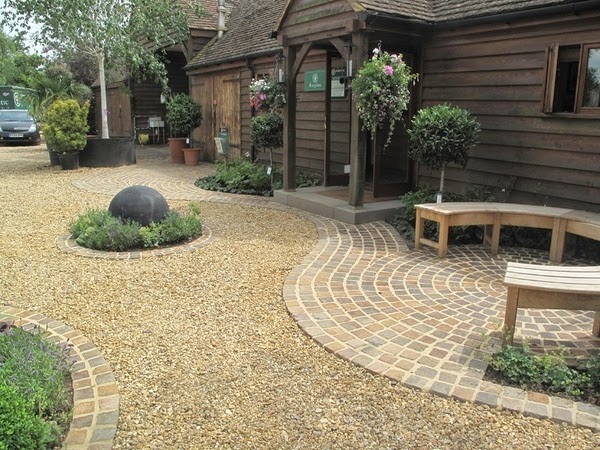
Considering the value, the quality and type of use of this valuable natural material (building renovations, historic restoration projects and environmental improvements, street furniture, villas and courtyards), the role of the installer, and his specialization is of fundamental importance to ensure the excellence of the work. To get started, from the operational point of view, it is essential to evaluate the characteristics of the laying surface, depending on where you decide on the construction methods of three elements: foundation, substrate and coating.
What is the foundation? It is the plane on which to build the flooring, which must have characteristics of strength and sealing. Are to be considered unsuitable foundations of plant-based and marshy while most indicated are on rocky ground and gravel. With the term substrate instead indicates the incompressible layer with carrier function of a pavement; it distributes the load borne by the foundation amortizing the weight and avoiding sagging. After assessing the foundation is therefore necessary to build a good background.
The types are varied, all to sift the light of a preliminary analysis of the site on which work will be performed: size of the area to be covered, type of stress, grades, thicknesses, etc.. Are factors in our decision to operate. It may be appropriate to the most common Macadam, available both as a mixture of stones from the variable grain size, tablets and added water, either as a dry mixture of fragments of stone, gravel, clay and lime, mixed with bitumen and cement. Alternatively, it can be referred to a concrete slab with mesh. In any case it is useful to apply in the substrate of the expansion joints of the screed to absorb the inevitable structural stress produced by settling, by thermal expansion and moisture.
The coating is the last layer of the pavement and substantially confers the drawing Therefore, if you want to lay the cubes, the provision to be implemented can be in parallel rows, with orthogonal designs, with classic design peacock tail or concentric circles
After the installation follows the phase of the beating, with the use of hammer and dishes to mechanical vibration, and finally washing After drying proceed with the sealing, so that the joints between the cubes can be closed, for this purpose can be used sand, cement grout, glue bitumen sheets in hot or cold bituminous a preparation for the more experienced is suggested to perform the two tasks simultaneously (typing and sealing) so that the flat mechanical vibration facilitates the penetration depth of the grout sealer.
If you want to realize a flooring with tiles in porphyry constant thickness the installation must be carried out with cement mortar or chemical adhesive, while the sealing must be made with cement grout and water. The residues are removed with a damp sponge and drying must be done with sawdust. Even the realization of irregular type (model Palladian) is not random: an important requirement is the glance to the need to combine the joints so composed and with joints regular two or three centimeters.
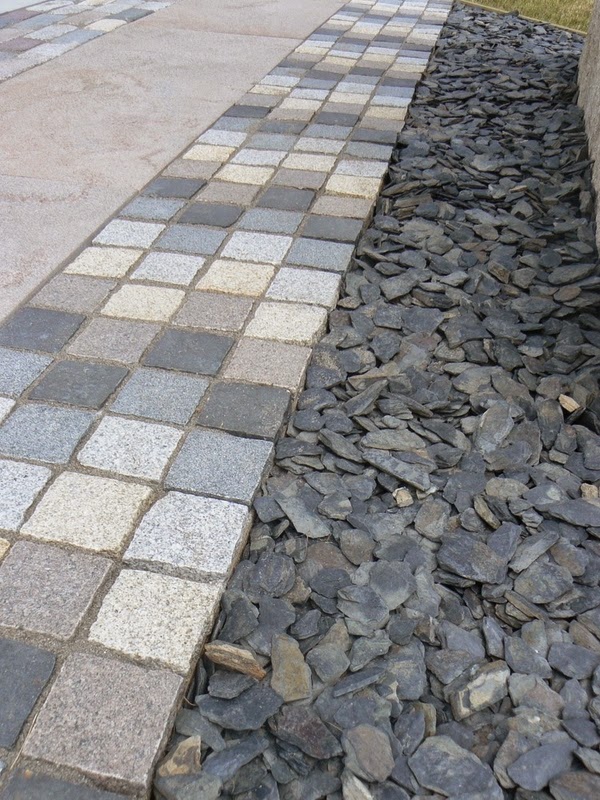
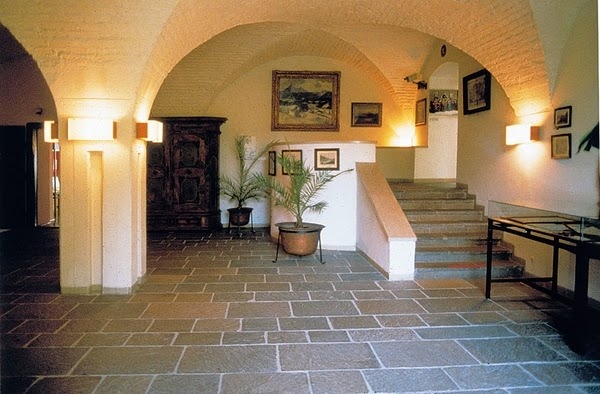

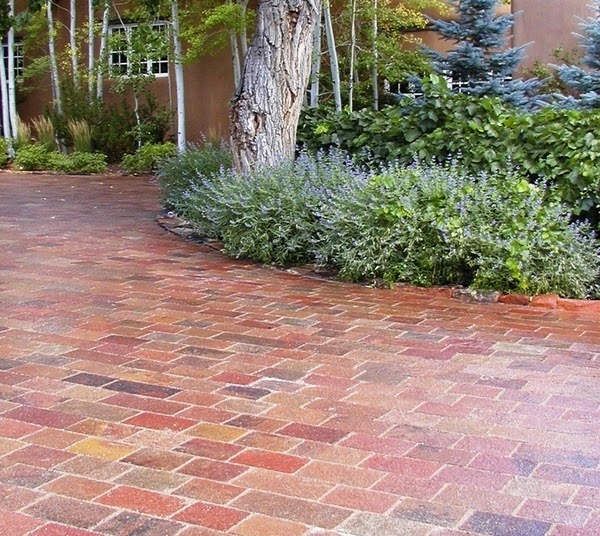
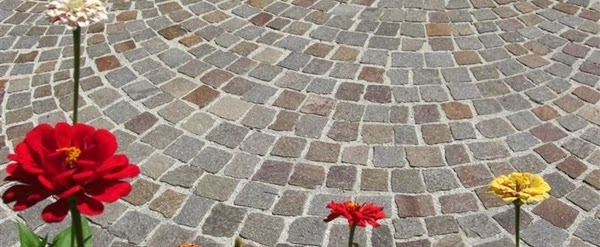
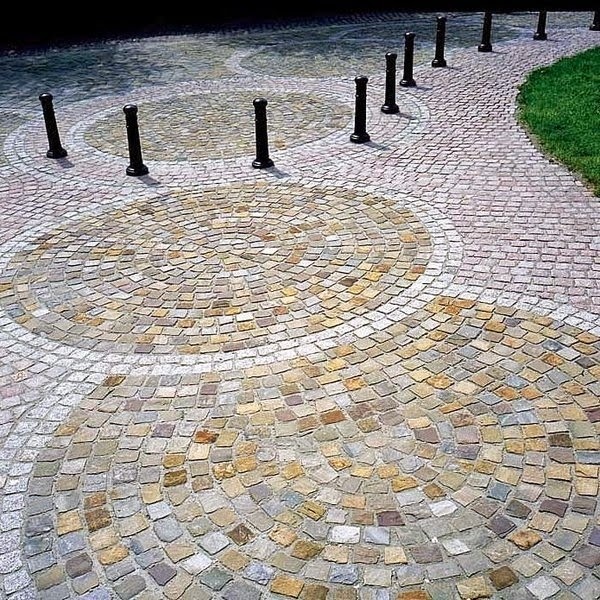


0 comments:
Post a Comment